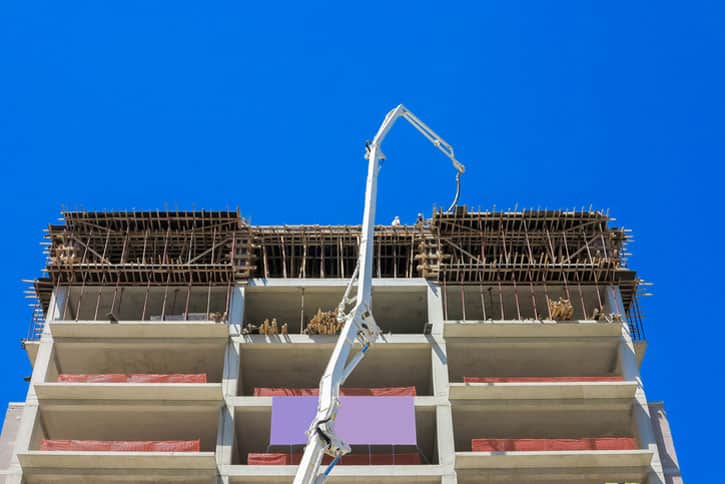First of all, let’s talk about what a concrete boom pump is. Essentially, it’s a machine that’s used to transfer liquid concrete from a mixer to the location where it needs to be poured. The machine is made up of a truck-mounted pump with a robotic arm that can extend up to 100 feet long. This allows you to place the concrete exactly where you need it, even in hard-to-reach places. But as you can imagine, operating a machine with a 100-foot arm comes with some risks.
One of the biggest dangers of working with a concrete boom pump is the risk of electrocution. The pump is powered by electricity, which means there’s a risk of electric shock if the machine comes into contact with power lines. That’s why it’s important to always be aware of your surroundings and to have a spotter on the ground who can help you navigate the machine safely.
Another danger of working with a concrete boom pump is the risk of a tip-over. These machines are heavy and can become unstable if they’re not set up properly. That’s why it’s important to always follow the manufacturer’s instructions when setting up the machine and to make sure that it’s on a stable surface. If you’re working on uneven ground, you may need to use outriggers to stabilise the machine.
It’s also important to be aware of the risk of hose whipping. The concrete is pumped through a long hose, and if it becomes clogged or kinked, it can whip around and injure anyone who’s nearby. That’s why it’s important to always use a hose that’s in good condition and to make sure that it’s properly secured before you start pumping.
So, those are some of the dangers of working with a concrete boom pump. Now, let’s talk about some safety recommendations to keep you and your team safe.
First of all, always make sure that the machine is properly maintained. This means checking the hoses, valves, and other components on a regular basis to make sure that they’re in good condition. If you notice any signs of wear or damage, replace the parts immediately.
It’s also important to make sure that everyone on your team is properly trained on how to operate the machine. This includes understanding how to set up the machine, how to operate the controls, and how to safely navigate the boom arm. If you’re not sure about any aspect of operating the machine, ask for help from someone who’s more experienced.
Another safety recommendation is to always wear the appropriate personal protective equipment (PPE). This includes hard hats, safety glasses, earplugs, and gloves. If you’re working in a noisy environment, you may also need to wear hearing protection.
Finally, always be aware of your surroundings when operating a concrete boom pump. This means checking for power lines, trees, and other obstacles that could interfere with the boom arm. It’s also important to communicate with your spotter on the ground to make sure that they know where the machine is and where it’s going.
In conclusion, working with a concrete boom pump can be very useful, but it’s important to understand the risks involved and to take steps to keep yourself and your team safe. Remember to always be aware of your surroundings, to wear the appropriate PPE, and to properly maintain and operate the machine. With these safety recommendations in mind, you’ll be able to use a concrete boom pump effectively and safely on your job site.
![]()






